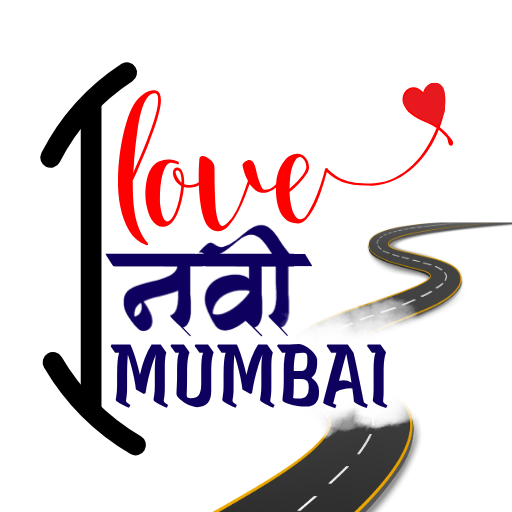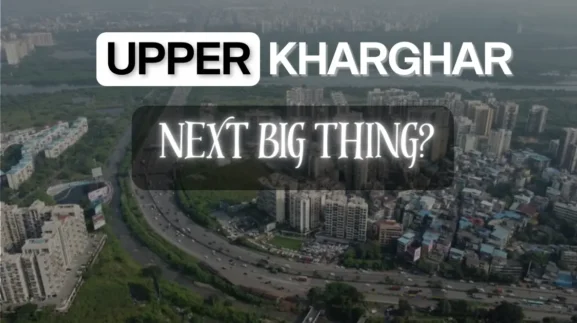Taloja Phase 1 Navi Mumbai: Full Details
- By Aditya Kamat
Taloja Phase 1 isn’t just a dot on the map — it’s one of Navi Mumbai’s fastest-evolving residential pockets, strategically located near the Mumbai-Pune Expressway and developed under the vision of CIDCO (City and Industrial Development Corporation). Nestled amid lush green surroundings and upcoming infrastructure, Taloja Phase 1 is quietly transforming into a well-planned urban hub. With its proximity to Kharghar, connectivity to key highways, and the promise of a metro rail network, it has become a smart choice for homebuyers and investors seeking affordability with future potential.
Taloja Phase 1 Overview
Attribute | Details |
Coordinates | 19.1047°N, 73.1193°E |
Country | India |
State | Maharashtra |
City | Navi Mumbai |
District | Raigad |
Sub-district | Panvel Taluka |
Founded by | CIDCO |
Governing Bodies | Panvel Municipal Corporation, CIDCO |
Civic Agency | Panvel Municipal Corporation |
Urban Local Planning | CIDCO |
Total Area | Approx. 15 km² |
Population (2020) | Approx. 120,000 |
Population Density | 8,000/km² (20,700/sq mi) |
Literacy Rate | 95% |
Time Zone | UTC+5:30 (IST) |
PIN Code | 410208 |
Telephone Code | 022 |
Vehicle Registration | MH-46 |
Nearest City | Kharghar, Panvel |
Climate | Monsoon (Köppen Classification) |
Taloja Phase 1, a strategically located residential node in Navi Mumbai, lies nestled between Kharghar, Kalamboli, and Taloja MIDC. Originally planned and developed by CIDCO to accommodate the growing urban population of Navi Mumbai, this area has grown from a budget-friendly housing option into a dynamic and promising zone for both end-users and investors.
Over the past decade, the area has seen rapid transformation—thanks to improved infrastructure, Metro rail connectivity, and its proximity to major employment hubs. What sets Taloja Phase 1 apart is its affordability combined with increasing urban convenience. It is home to a thriving mix of middle-class families, students, working professionals, and small business owners.
Why Taloja Phase 1?
- Budget-friendly real estate market
- Metro connectivity under development
- Close to Taloja MIDC industrial belt
- Proximity to Kharghar, Kalamboli, and upcoming NMIA
Taloja Phase 1 is a neighborhood in motion. The rising skyline, ongoing infrastructure development, and accessible cost of living are turning it into a hub of possibilities for those looking to settle in Navi Mumbai without breaking the bank.
Population, Area & Demographics of Taloja Phase 1
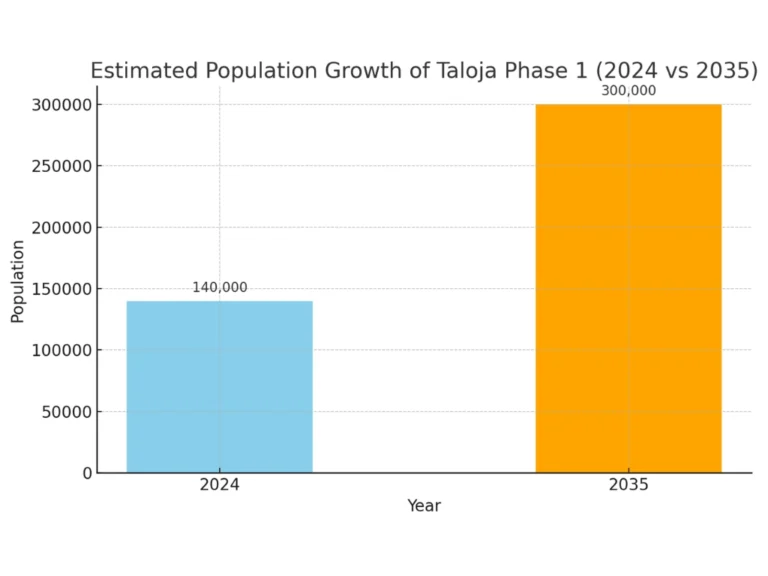
Demographic & Cultural Profile of Taloja Phase 1 (2024)
Estimated Population (2024):
Taloja Phase 1 currently hosts an estimated population of 1.3 to 1.5 lakh (130,000 to 150,000 people). This number is based on the growing pace of residential construction, new society occupations, and the inflow of working-class families from other parts of Navi Mumbai and beyond.
Projected Population by 2035:
According to urban development trends and infrastructure expansion under CIDCO and NAINA, the population is expected to rise to nearly 3 lakh (300,000) by 2035. This growth is driven by:
Increasing number of high-rise projects
Completion of the Metro Line (Pendhar-Taloja-Kharghar)
Better road and rail connectivity to industrial belts and commercial zones
Area & Density
Total Area: Around 7.5 to 8 sq. km, including residential sectors, industrial pockets, and green zones.
Population Density: Moderate as of now, but steadily increasing due to vertical expansion (tower societies, CIDCO row houses, new builder projects). Unlike older congested areas, the urban planning here allows some breathing room.
Gender & Age Distribution
Gender Ratio: Around 52% male and 48% female, largely due to a working-class male population employed in nearby factories, construction, and transport sectors.
Age Profile:
Dominant Group: Adults aged 25–45 years – mainly young working professionals, IT support staff, and middle-income families
Children (0–14 years): Estimated 20% of total population – visible in the number of playschools and daycares
Senior Citizens (60+): Smaller proportion, around 6–8%, many of whom live with joint families
Literacy & Education
Literacy Rate: Around 85% and improving fast
Several English-medium and state-board schools like Radcliffe School, Alphonsa School, and Zilla Parishad schools are boosting literacy, especially among the second-generation migrants.
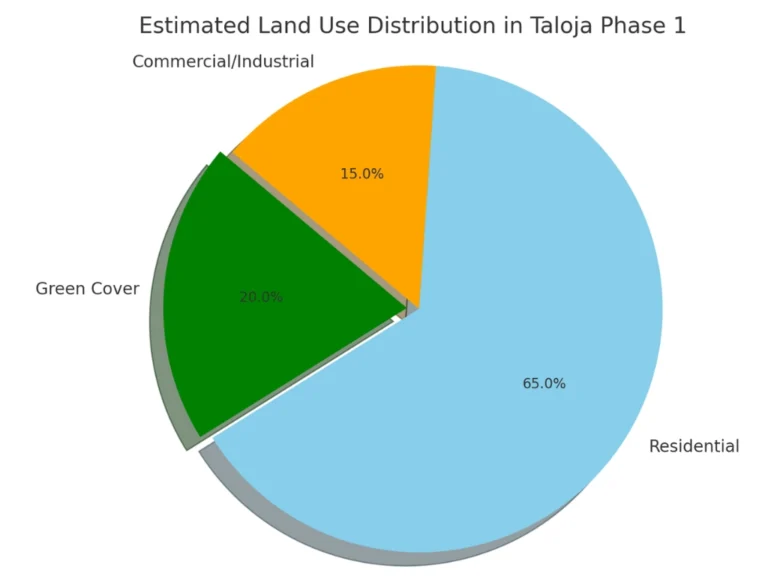
Languages Spoken
Primary Languages: Marathi (local), Hindi (common link), English (used in education and offices)
Other Languages from Migrant Communities:
Telugu – from Andhra Pradesh/Telangana workers
Bhojpuri – spoken by workers and families from Bihar/Uttar Pradesh
Gujarati – business community presence
Religious Diversity
Hinduism is the dominant religion with numerous small shrines, temples, and society-level Ganesh pandals.
Muslims have mosques and Eid gatherings in community grounds.
Christians attend small prayer houses and churches located in nearby Kalamboli and Kharghar.
Jain communities are visible in business sectors and often conduct community events in Jain Bhavans.
Local Living Culture
Cultural Mix: The people of Taloja come from across India—Maharashtrian, Bihari, Gujarati, Rajasthani, South Indian, and North Eastern families form a rich, multicultural society.
Where It’s Happening:
Sector 10, Sector 14, and CIDCO colonies are especially vibrant and family-friendly.
Children play in open spaces, vendors line the lanes with fresh produce, and society events like Ganesh Utsav, Navratri, Republic Day and Independence Day are celebrated enthusiastically.
Housing societies also arrange cultural shows, talent events, and sports meets—fostering a community feel.
Taloja Phase 1’s Economy: GDP Contribution & Employment
Taloja’s economy is significantly influenced by its proximity to Taloja MIDC (Maharashtra Industrial Development Corporation). This industrial zone is home to several manufacturing plants, chemical industries, warehouses, and logistics companies. Thousands of people either walk or take short commutes daily from Phase 1 to work in these sectors.
Major Sectors of Employment:
Though Taloja Phase 1 is primarily residential, its strategic location near the Taloja MIDC (Maharashtra Industrial Development Corporation) and the Mumbai–Pune Expressway corridor makes it an emerging economic support zone for Navi Mumbai. The node is witnessing steady economic diversification—moving from purely industrial employment to services, retail, and logistics-based activities.
Manufacturing Sector
Taloja is best known for being adjacent to Taloja MIDC, one of Maharashtra’s major industrial zones. While the industrial hub itself lies just beyond Phase 1, the proximity directly impacts the livelihoods of residents.
Key Industries:
Paints: Home to large-scale paint manufacturing units like Asian Paints, Nerolac, and Berger Paints.
Chemicals: Taloja MIDC has many units producing dyes, fertilizers, solvents, and other chemical products.
Electronics & Fabrication: Small and mid-sized manufacturing units deal in circuit boards, fabrication components, and electrical parts.
Employment Opportunities:
Factory workers
Maintenance and HVAC technicians
Quality control, logistics, and admin staff
Impact: These industries provide employment to thousands of blue- and grey-collar workers who reside in Taloja Phase 1 and surrounding areas.
Logistics & Warehousing
Taloja is a logistics hotspot due to its:
Proximity to JNPT Port
Connectivity to Mumbai–Pune Expressway
Link to Panvel–Kalyan–Taloja railway lines
Upcoming Navi Mumbai Metro
Key Functions:
Distribution centers for FMCG companies
Cold storage and transport for pharmaceuticals and groceries
E-commerce warehousing and last-mile delivery
Major Logistics Players:
While you won’t find large brand names headquartered here, 3PL companies (third-party logistics) frequently operate warehousing and fleet services in the area. Many job roles include drivers, loaders, inventory managers, and IT support for logistics tracking.
Retail Sector
As the residential population grows, so does local retail—with demand for essentials, lifestyle products, and food services increasing rapidly.
Retail Highlights:
Kirana shops, mobile stores, medicals, and fashion outlets (especially around Sector 10 & 14)
Mini marts & chains: DMart Ready pick-up points, Zepto, Blinkit, Meesho sellers
Street Vendors: Fresh vegetable markets, snack stalls, tea tapris
Small cafés, bakeries, and tiffin services catering to working professionals
Employment:
Shop assistants, delivery executives, accountants, local caterers, electricians, and handymen find regular work in this growing market.
Education & Coaching
As young families move into Taloja, the education sector is gradually becoming a job creator.
Types of Institutes:
Private schools (e.g., Radcliffe School, St. Jude’s, Al Huda International)
Coaching classes for SSC, HSC, NEET, JEE, and competitive exams
Daycare & Montessori centers
Online tuition centers based from homes
Employment Opportunities:
Teachers and tutors
Admin and support staff
Transport drivers
Freelancers doing part-time academic work
Real Estate & Construction
This is one of the core economic drivers in Phase 1, thanks to rapid urbanization and affordable property prices.
Key Segments:
CIDCO flats (resale & rental market)
Private developers like Sai Mannat, Space India, and Today Global
Brokers, rental managers, and interior decorators
Supporting Roles:
Plumbers, electricians, painters
Watchmen, maids, society managers
Property managers and real estate agents
Co-Working & Freelance Spaces:
Some projects are integrating co-working units, especially to attract remote workers and solopreneurs who prefer working locally instead of commuting to Vashi or Belapur.
Small-Scale & Service-Based Industries
Taloja Phase 1 has seen a rise in home-grown micro businesses, thanks to affordable rentals and growing demand.
Examples:
Beauty parlors & salons (home-based and shopfront)
Tailoring & boutique units
E-commerce pick-up/drop points: Swiggy, Meesho, Amazon, Zepto
Mobile repair, printing, and computer service centers
These service businesses are often family-run and cater to hyperlocal needs—creating a self-sustained mini-economy.
Local GDP Contribution: Support Role, Not Central
While Taloja Phase 1 doesn’t produce high GDP volumes like established commercial nodes (e.g., Vashi, Belapur), it plays a crucial support role:
Houses workforce for nearby industries
Enables backend operations for logistics/ecommerce
Supports educational infrastructure and housing for middle-income groups
It is a foundational block in Navi Mumbai’s broader urban economy, and as metro connectivity improves, its contribution will likely rise.
Sector | Role in Taloja Phase 1 |
Manufacturing | Jobs via Taloja MIDC (paints, chemicals, electronics) |
Logistics & Warehousing | Hub for e-commerce and regional transport |
Retail | Growing local markets, from kiranas to fashion outlets |
Education | Coaching classes, private schools, daycare employment |
Real Estate | Builders, brokers, society staff, co-working spaces |
Microservices | Beauty parlors, printing shops, mobile repair, home-based biz |
Real Estate in Taloja Phase 1: Current Prices vs 2035 Projections
With Navi Mumbai’s real estate seeing a sharp spike in prices post-2020, Taloja Phase 1 has emerged as a viable alternative for homebuyers priced out of locations like Kharghar and Panvel.
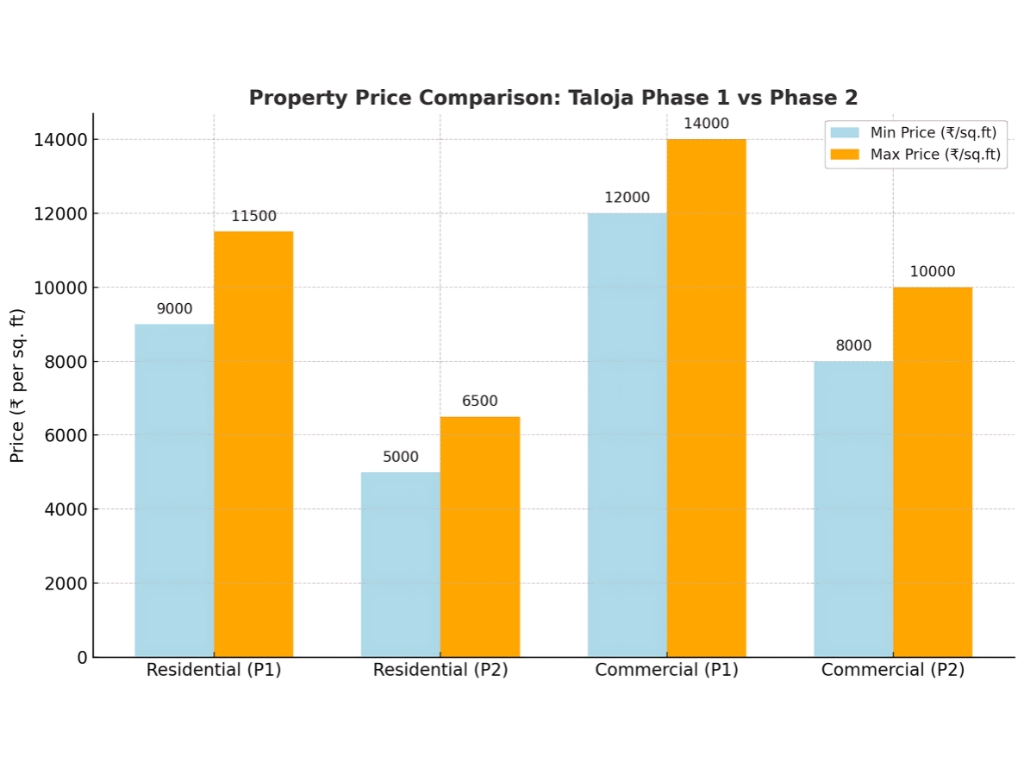
Current Real Estate Prices (2024):
- Residential Apartments: ₹5,000–₹6,500 per sq. ft
- Commercial Spaces: ₹8,000–₹10,000 per sq. ft
- Rental Rates: 1BHK from ₹6,000/month; 2BHK around ₹9,000–₹11,000/month
Projected Real Estate Prices by 2035:
- Residential Apartments: ₹9,000–₹11,500 per sq. ft
- Commercial Spaces: ₹12,000–₹14,000 per sq. ft
Popular Residential Projects:
- Arihant Anaika
- Siddhivinayak Garima
- Kamdhenu Luxuria
- Today Global Anandam
- CIDCO Mass Housing Projects (1RK & 1BHK units at subsidized rates)
With the CIDCO Metro Phase 1 becoming operational and NMIA set to open in the next few years, property values are expected to appreciate significantly. Taloja Phase 1 is being eyed by long-term investors and affordable home seekers alike
Connectivity & Transportation
Taloja Phase 1 is no longer isolated. Metro Line 1, part of the Navi Mumbai Metro project, has significantly increased accessibility. Even if still partially operational, its presence is changing how residents perceive connectivity.

Roadways:
- Connected via Taloja MIDC Road and NH4
- Direct access to Kharghar and Kalamboli via Taloja-Kalamboli Road
- Close to Sion-Panvel Highway, enabling faster Mumbai access
Rail & Metro:
- Taloja Metro Station (Line 1 Phase 1 – under CIDCO)
- Nearest railway station: Navade Road (Harbour Line)
Public Transport:
- NMMT and BEST buses to Kharghar, CBD, and Vashi
- Shared auto-rickshaws within sectors
- Private buses and vans connecting to industrial areas
Future Transport Plans:
- Completion of Metro Line 1 to Pendhar and Belapur
- Enhanced bus terminal in Sector 14
- Road widening and footpath construction in progress
Nature, Parks & Green Spaces
While Taloja is not known for large open green expanses like Kharghar’s Central Park, it has its own charming outdoor spaces.
Existing Green Spots:
- Central Garden (Sector 10): A clean, well-maintained park for walking and family outings
- Taloja River Belt: Though currently polluted, it holds future potential for eco-restoration
- Mini parks and open gym zones: Within residential societies
- Wetland areas near Taloja Lake: Seasonal bird sightings
CIDCO has plans to improve river cleanliness and promote recreational use in the future. Green belt development is also expected as part of the Smart City initiative.
Spiritual & Cultural Life

Despite being a developing urban node, Taloja Phase 1 has carved out a space where spirituality and culture coexist with modern lifestyles. The locality is home to diverse religious and cultural communities, and this diversity is reflected in the spiritual landmarks and vibrant celebrations that take place year-round.
1. Temples, Mosques & Spiritual Centers:
Taloja Phase 1 houses several small but significant temples like Shiv Mandir, Sai Baba Mandir, and community Ganesh temples that become central during Ganesh Chaturthi. There’s also a peaceful Jama Masjid serving the Muslim community, especially during Eid. Many societies also have private prayer halls and spiritual gatherings, contributing to an intimate religious environment.
2. Community Festivals & Celebrations:
Ganesh Chaturthi is one of the biggest highlights here — celebrated with large idols, dhol-tasha processions, and community feasts. Navratri brings in a cultural flavor with garba and dandiya nights organized in housing societies. Diwali, Holi, Eid, Christmas, and other festivals are celebrated inclusively, reflecting the secular nature of the area.
3. Cultural Events in Societies:
Most residential societies in Phase 1 actively organize cultural programs, talent shows, yoga sessions, and spiritual discourses. These not only promote local talent but also enhance neighborly bonding and collective identity.
4. Influence of Nearby Areas:
Being close to Kharghar, Panvel, and Kalamboli, residents of Taloja Phase 1 often participate in major events hosted in nearby ISKCON temples, large Durga Puja pandals, and spiritual retreats held in nearby townships.
5. Peaceful Spiritual Living:
Away from city chaos, Taloja’s semi-urban setting creates an ideal atmosphere for spiritual practices like yoga, meditation, and morning temple visits. The presence of natural surroundings, including hills and river belts, enhances the spiritual ambiance
Places of Worship:
- Vitthal Rukmini Mandir (Sector 10)
- Ganesh Mandals (active during Ganpati Utsav)
- Masjids and Dargahs near MIDC road
- Churches and prayer halls around Sector 14
- Jain Upashray and Samaj Mandals
Community celebrations like Ganesh Chaturthi, Navratri, and Eid are grandly celebrated with local processions and cultural events organized by societies.
Education: Schools, Colleges & Coaching Centers
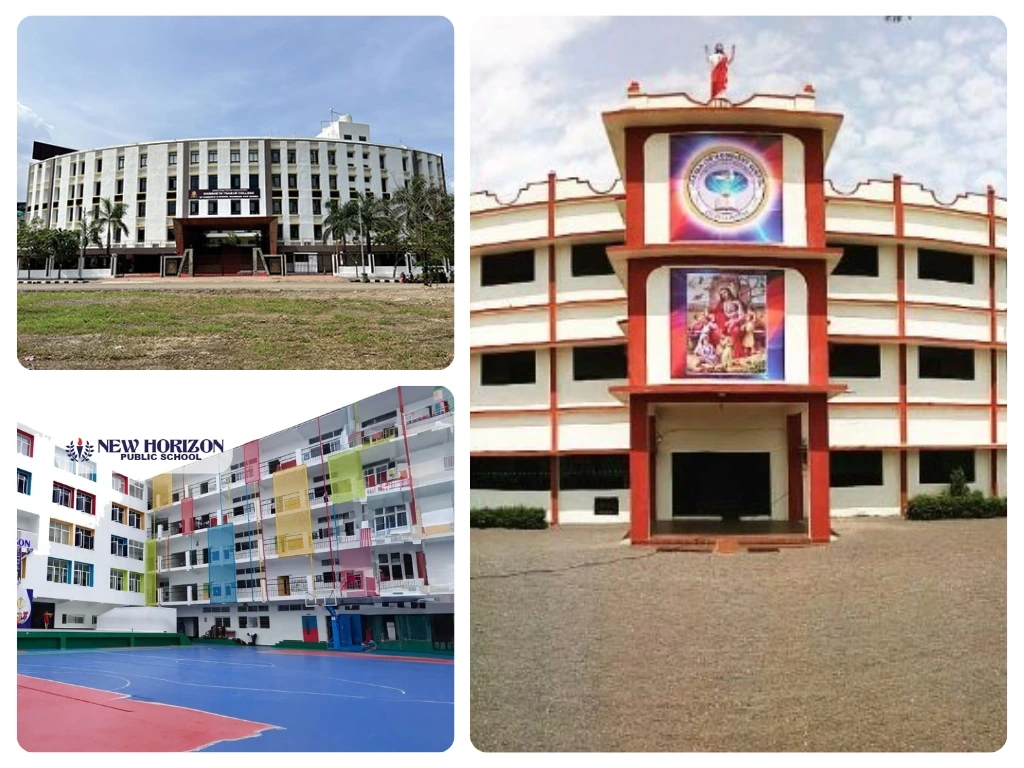
Primary & Secondary Schools:
- New Horizon Public School
- Jeevan Jyoti Convent School
- Kaleskar English School
- Vishwajeet Vidyalaya (Marathi Medium)
Colleges Nearby:
- YMT College, Kharghar (Medical, Dental, Pharmacy)
- Ramsheth Thakur College, Panvel
- ITI and Polytechnic Colleges in MIDC and Kalamboli
Coaching & Skill Training:
- MPSC, SSC, Banking Exam Institutes
- Tally, MS-CIT, and typing classes
- English Speaking and Personality Development Centers
Education is an evolving space in Taloja, with more schools being constructed in Sectors 14 and 15 by private developers.
Healthcare in Taloja Phase 1
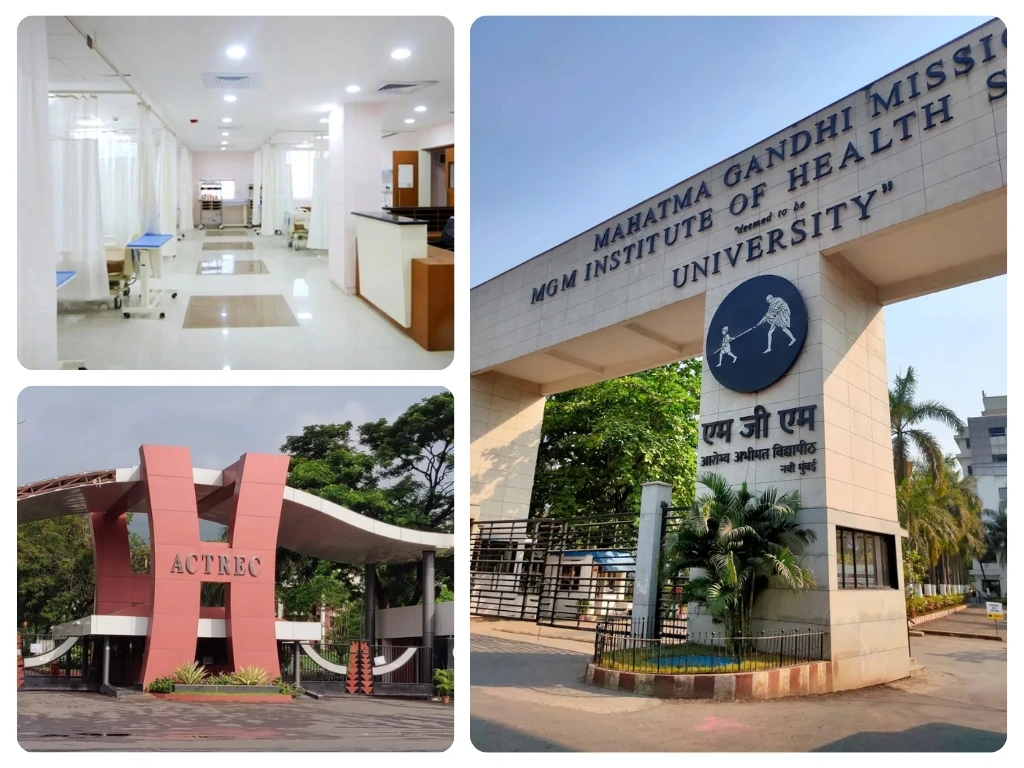
Taloja Phase 1 is gradually expanding its medical infrastructure, although residents still rely on neighboring Kharghar and Kamothe for specialized care.
Clinics & Diagnostic Centers:
- Dr. Wakchaure Clinic
- Navjeevan Pathology
- Smile Dental Clinic
- Life Care Diagnostic
Hospitals Nearby:
- MGM Hospital, Kamothe
- Panacea Hospital, Panvel
- Tata Memorial Hospital, Kharghar (Cancer care)
Wellness & Fitness:
- FitZone Gym
- Bodhi Wellness Spa
- Ayurvedic Panchkarma Clinics
- Yoga classes and Zumba for women
Shops, Daily Needs & Small Businesses
Taloja Phase 1 thrives on its vibrant local economy with hundreds of small businesses meeting the daily needs of residents.
Types of Shops:
- Kirana Stores (~38)
- Medical Stores (~19)
- Tailor & Boutique Shops (~12)
- Salons & Parlors (~25)
- Hardware Stores (~6)
- Xerox, DTP & Printing (~8)
- Mobile Shops & Recharge Points (~15)
- Food Joints & Snack Corners (~30)
Ecommerce pick-up points (Zepto, Meesho, Swiggy Instamart) are booming, making life even more convenient.
Food Scene: Restaurants & Cafes
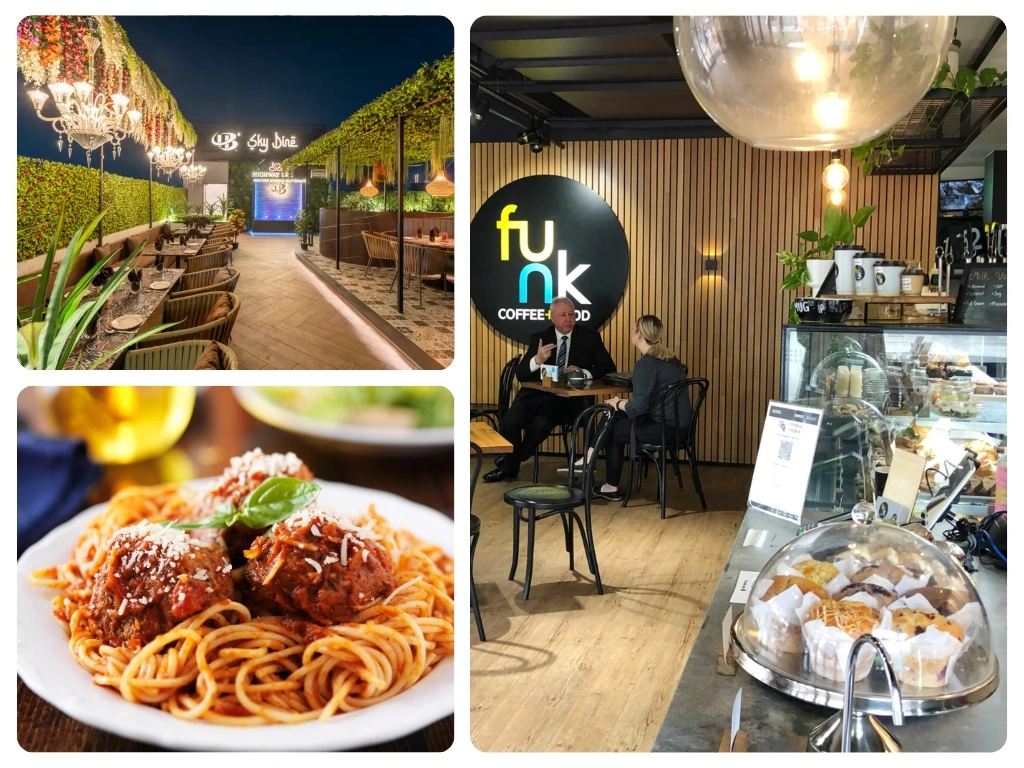
Taloja Phase 1 has seen a quiet explosion of food joints, dhabas, cafes, and snack bars over the last 5 years.
Popular Restaurants:
- Hotel Sai Prasad (Veg & Non-Veg)
- Shiv Sagar (Pure Veg)
- Chulha Dhaba (Authentic Punjabi food)
Chinese & Quick Bites:
- RK Chinese
- Tandoori Nights
- Sandwich King
Cafes & Sweet Corners:
- Cafe Funk
- Bake & Bite
- Cream Stone
Whether you want a cutting chai, momos on the go, or a candle-lit thali dinner—Taloja has it all, at affordable rates.
Entertainment & Weekend Escapes
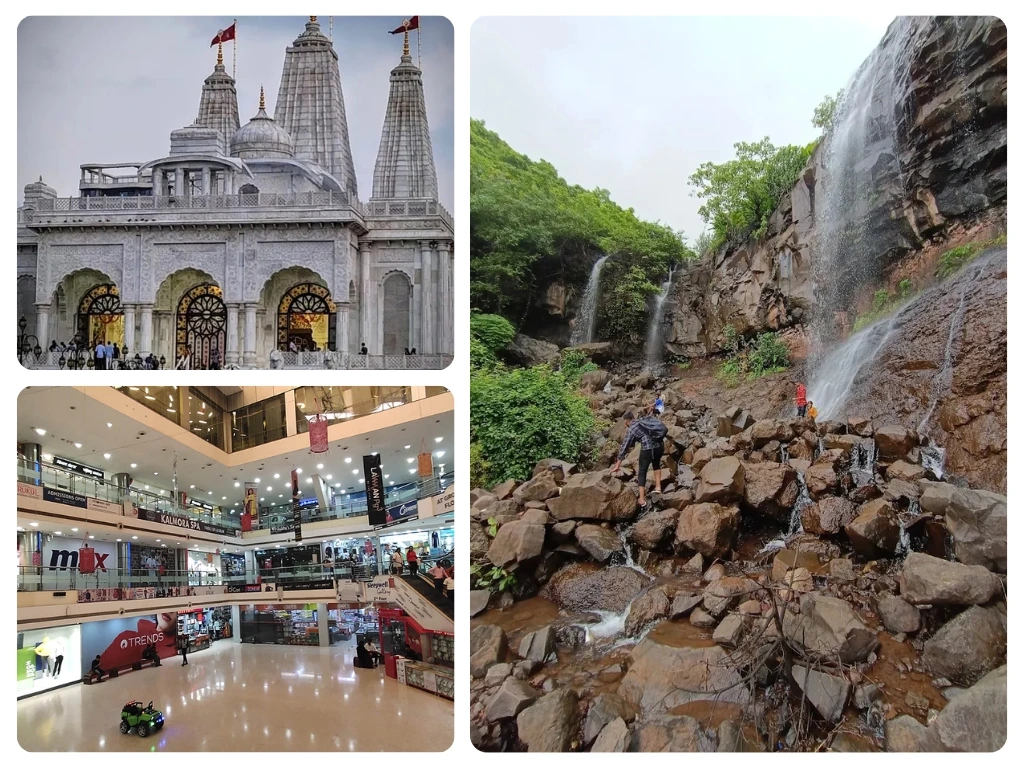
Entertainment options in Taloja Phase 1 may be limited locally, but its strategic location gives access to multiple leisure destinations within 15–30 minutes.
Nearby Attractions
- Pandavkada Falls – monsoon magic
- Central Park Kharghar – for long walks
- ISKCON Temple Kharghar – spiritual retreat
- Little World Mall Kharghar – shopping and movies
- Orion Mall, Panvel – retail therapy
Societies in Taloja often organize talent shows, sports tournaments, and seasonal festivals that add to the local charm.
Vision 2035: What’s Next for Taloja Phase 1
With CIDCO’s urban development plans, Taloja Phase 1 is expected to undergo major transformation in the next 10 years.
Future Plans
- Completion of Navi Mumbai Metro Line 1 (Pendhar to Belapur)
- CIDCO water pipeline upgrades
- Sewage treatment and smart drainage system
- Dedicated school zones in Sectors 13–14
- Commercial market zone in Sector 15
- Elevated road to NMIA
- New multispeciality hospital in CIDCO land parcel
If you’re investing in Taloja today, you’re planting the seeds for tomorrow’s growth. It is likely to replicate the success story of Kharghar, where smart planning met rising demand.
FAQ's
Frequently Asked Questions
